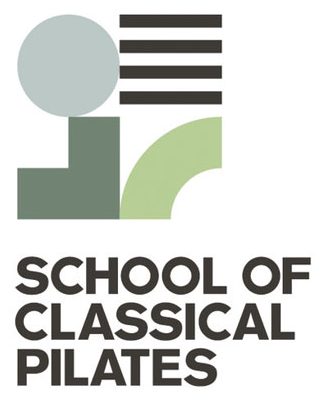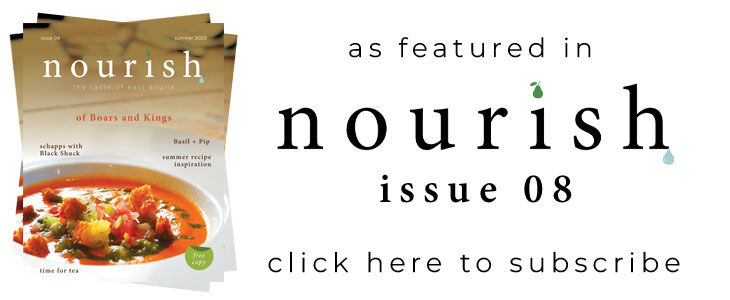
Our columnist Suzanne Hill from the School of Classical Pilates near Colchester is back. In this edition, she deepens our understanding of Pilates, and how it can strengthen the mind as well as the body.
As I discussed in the spring issue, the name Pilates is ubiquitous, but often there isn’t an in-depth understanding of the discipline. Let me help you gain it. The discipline achieves strength in individuals by uniformly developing their muscles; through training the mind to organise the body. In the classes, the movement achieved is no longer mechanical movement, the type we do in our daily lives, but from the synapses in our brains.
This increased awareness of the body is a fundamental principle learnt in Pilates. Through the c. 500 Pilates exercises, the individual learns to draw strength from the centre of their body – the abdominals. This obviously takes time to master. When clients first start practising the discipline, they often draw the strength from their dominant muscle group to execute the exercises. For some, it’s their back muscles. For others, we find it’s their quads or thigh muscles. That is before their minds are trained to use the abdominals first. The centre, our abdominals, must be the dominant strength in the body to avoid injury, to hold us up against gravity, and to be applied in our daily posture, running or walking.
From my experience, clients regularly suffer from the same complaints – and this isn’t a coincidence. We are forward facing, stand on two legs, working against a strong force field – gravity. Our structural weaknesses are the same. We have a huge gaping hole in our skeleton, from the base of our ribs to our pubic bone, where the only element supporting our spines are our abdominals. The ubiquitous issue of lower back pain is often because of a lack of abdominal strength, combined with shortening of the hamstrings. Our upper body weight is substantial, and it’s our pelvis, the bony basin evenly distributing the weight throughout the structure, that supports the weight. If the muscles below and above the pelvic structure are not available to alleviate that pressure, it’s not surprising we’re faced with very unhappy lower backs or hips.

Exercise isn’t a choice and as soon as individuals recognise this, they’ll have a happy, largely pain-free life. We are designed to move. It doesn’t matter how, but move we must.
Another benefit of moving Caroline Williams shares with us in her book Move is that scientists have recently found the science of the body over the mind. They are starting to work out that no matter what you want from your mind, there is a way to move that can help to achieve that goal. It seems that challenging our daily movement patterns is more important than just strengthening your body, but interestingly affects the way you think.
The power of thought is well recognised. It’s the difference between living one life and another…
• Find out more about Suzanne at schoolofclassicalpilates.com










